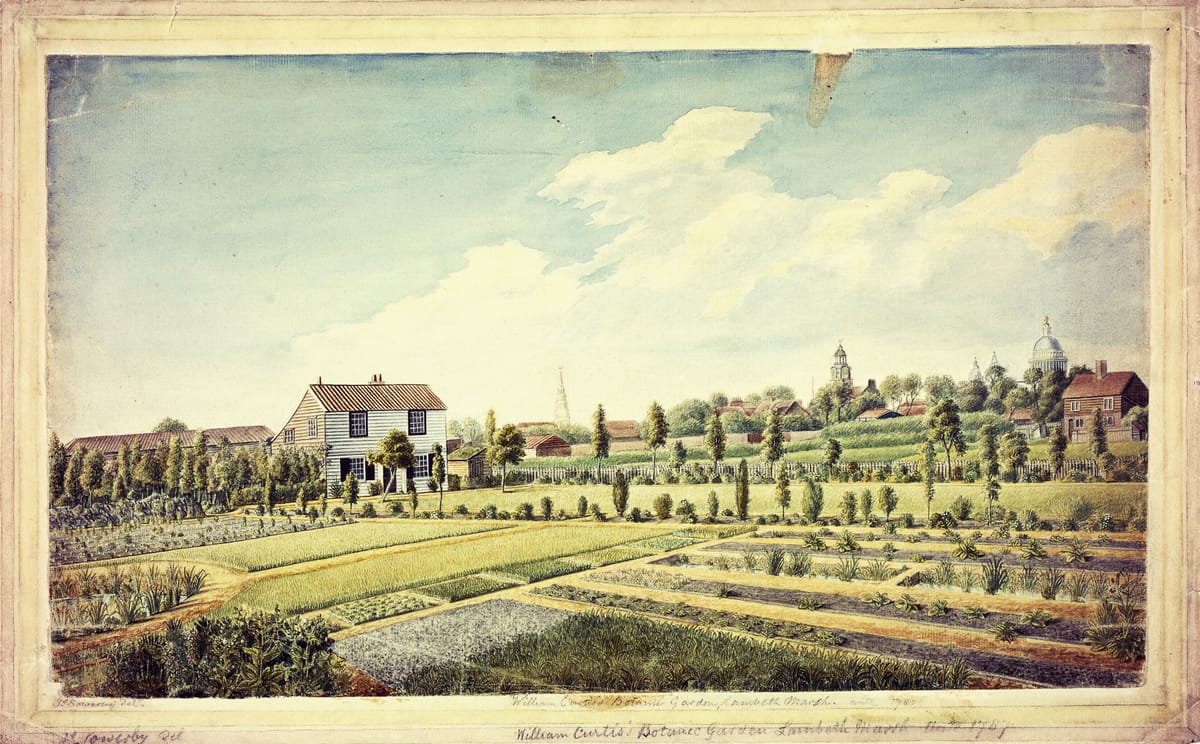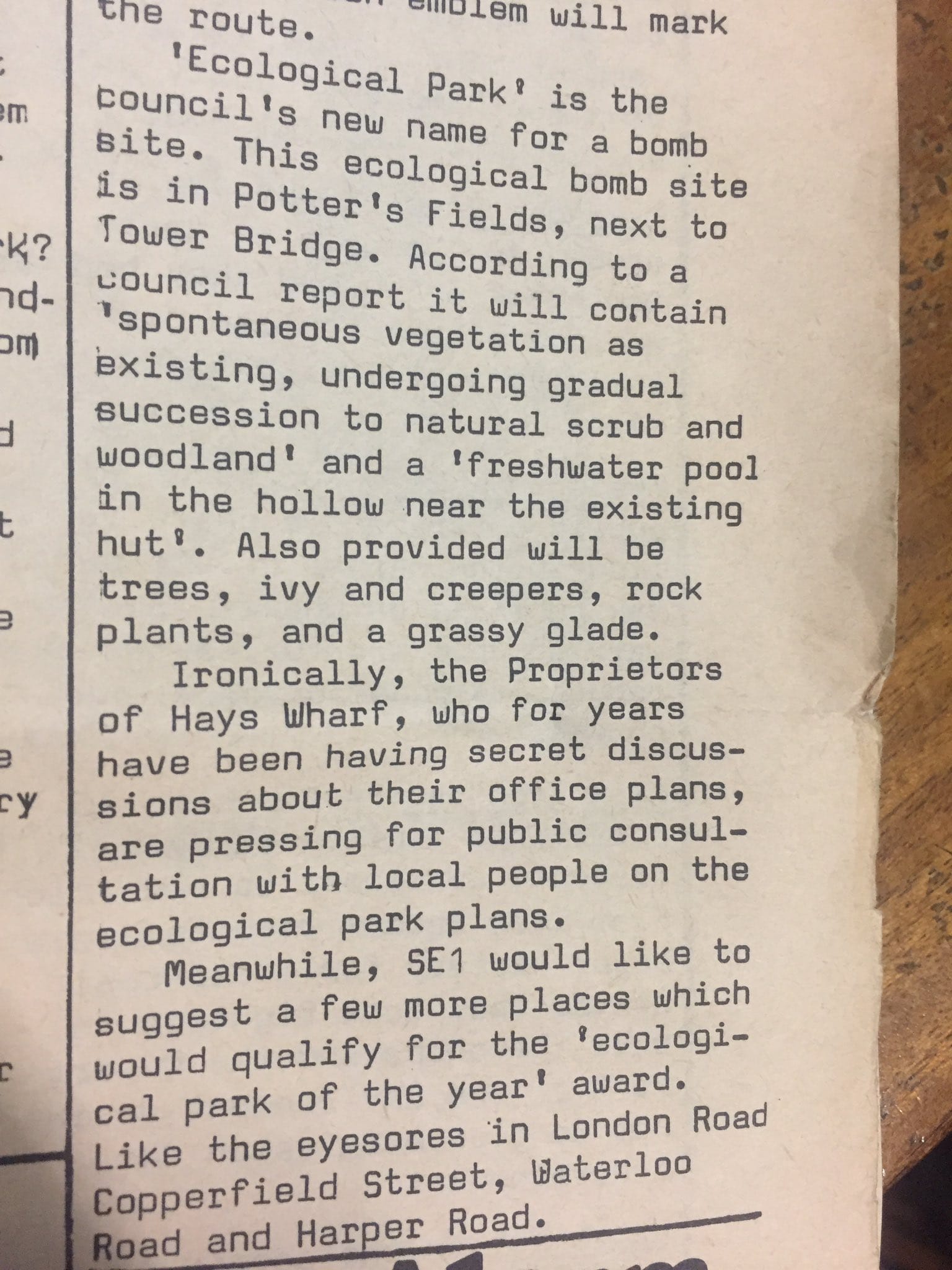SE1's lost gardens featured in new exhibition
From a Bankside brothel to a temporary ecological park next to Tower Bridge, several of the 'lost' gardens of Southwark and Lambeth are featured in a new Garden Museum exhibition.

Lost Gardens of London is a new exhibition curated by Dr Todd Longstaffe-Gowan that tells the story of some of the capital's green spaces that are gone but not forgotten.
The exhibition covers the whole of London and includes several Southwark and Lambeth gardens. Dr Longstaffe-Gowan believes that his choice of locations featured in the show says something about the city's north-south divide.
"In the south of London, you get this idea that there were lots of these kind of places for subscription, entertainment and amusement," he told SE1.
"People came south of the river to misbehave. That's where you have early fairgrounds and whoring houses and other things like that.
"It was all about having a good time outside the metropolis because you only had one bridge and you cross over the Thames at your peril – or for pleasure."
The exhibition features a 1632 woodcut of Holland's Leaguer, a notorious brothel set in a moated garden on Bankside and within the Paris Garden liberty.
Perhaps the image that presents the greatest contrast between past and present is James Sowerby's 1787 watercolour of William Curtis's nursery ground on Lambeth Marsh. Today, Ufford Street Recreation Ground (south of The Cut) is the last remaining fragment of green space in what was once a rural scene with a solitary weatherboarded cottage.
Further into Southwark and Lambeth beyond SE1, the exhibition includes images of the Surrey Zoological Gardens in Walworth and the Kennington manor house that was the residence of the 'Black Prince'.

The most recent garden to be included in the exhibition is the William Curtis Ecological Park, named in honour of the 18th-century botanist, established on derelict land next to Tower Bridge in the 1970s and a forerunner of today's Potters Fields Park.
It was a consciously temporary green space long before talk of 'meanwhile uses' for vacant land was fashionable.

Dr Longstaffe-Gowan describes the ecological park as "a noble experiment" that was about "creating a sense of atmosphere and character" whilst "appreciating the local flora [and] appreciating the importance of where you are".
He added: "I think this is why this garden was, for its short life, so successful.
"Because you could bring all these things that were traditions in the past, like withies and pollinating plants, and park them there."
The antithesis of a manicured garden, the ecological park was "scrappy ... and atmospheric" – all the more so for its location next to instantly recognisable landmarks.
The William Curtis Ecological Park is recalled by a sundial installed on The Queen's Walk in 2015 in memorial to the park's founder Max Nicholson.
The spirit of Nicholson's work has also been evoked by the developers planning the refurbishment of the former City Hall who claim they will draw on the legacy of the park in their plans for a green transformation of the building and its environs.
Dr Longstaffe-Gowan welcomes developments that draw inspiration from what has gone before, without seeking to create a replica or pastiche.
"I think it's important that we should try and evoke something of the past and to reflect on the history of the site, because it just makes these places so much more interesting.
"As an historian and a cultural geographer, I really enjoy reading about that, because I want to know the continuities and discontinuities of places.
"I want to understand the context ... and why it's important."
Lost Gardens of London is at the Garden Museum, Lambeth Palace Road, until 2 March 2025. Admission £15 (concessions available). The exhibition is accompanied by a new book by Dr Longstaffe-Gowan.
This video from BBC London appears on the SE1 website via the BBC's Local News Partnerships.





